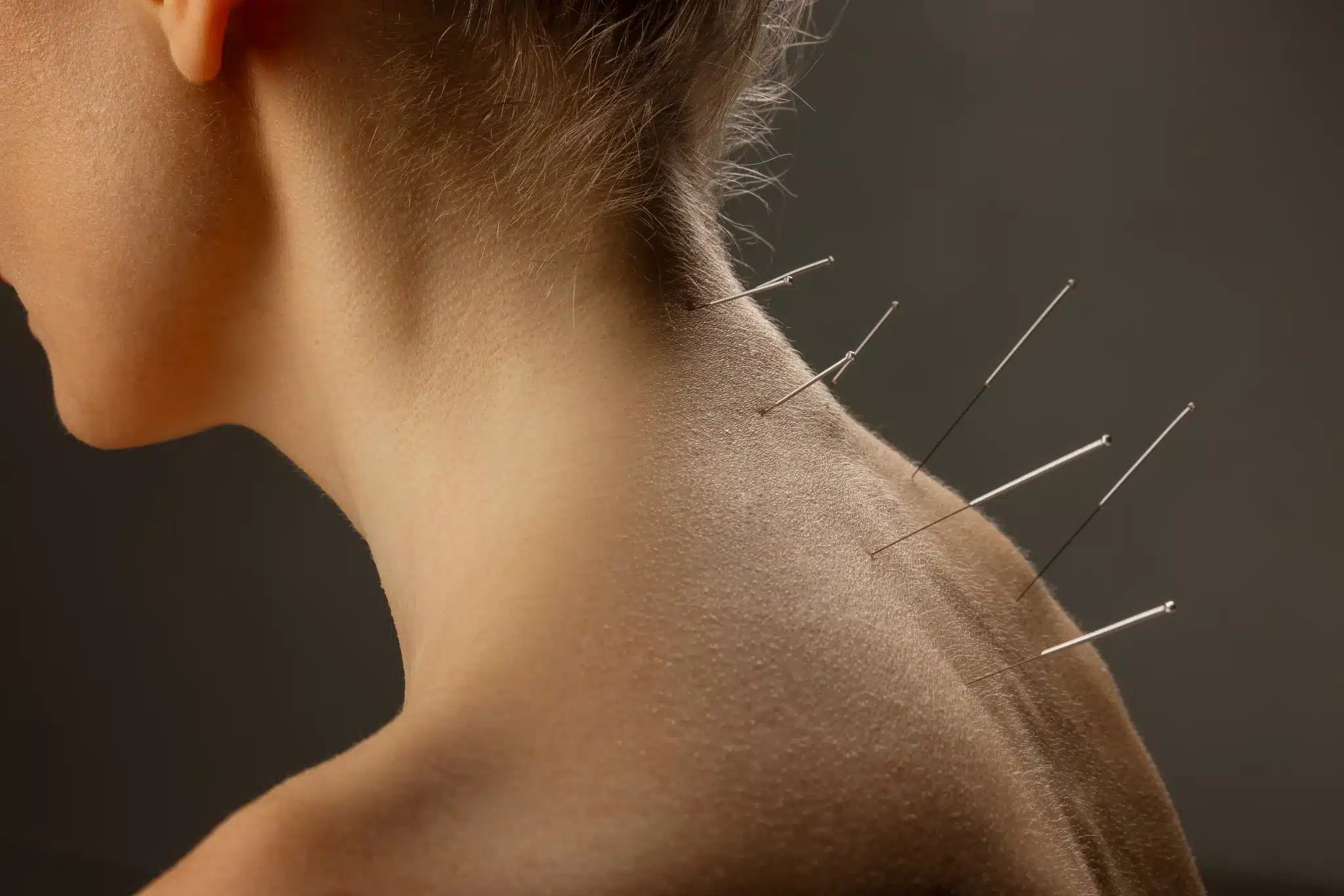The Consolidated Appropriations Act, 2021 (the "CAA"), signed into law on December 27, 2020, is the second-largest federal stimulus package of 2020, following the CARES Act. The CAA provides $900 billion in COVID relief and reserves $284 billion for small businesses through a second round of Paycheck Protection Program ("PPP") forgivable loans, or as some are calling it, PPP2. But relief for businesses does not end at PPP loans. The CAA also provides additional tax deductions and expands the Employee Retention Credit. The SBA published its Interim Final Rules on January 6 (click here to access the IFR rules), implementing the CAA. Like PPP round 1, the SBA will be publishing applications, guidance and FAQs in the coming days, but in the meantime, this article provides an overview of PPP2 and relevant benefits of the CAA.
Reopening of PPP Loan Program
The CAA reopens access to the original PPP for businesses who qualified for a loan but did not receive a loan, and also for businesses who returned all or a portion of the loan. For a borrower who returned all or part of a PPP loan, it may reapply for an amount equal to the difference between amount retained and maximum amount applicable; and for a borrower who did not accept full amount of the loan, it may request modification to increase to the maximum amount applicable.
Second Draw Loans (PP2)
Most notably, the CAA allows for eligible small businesses who took PPP loans to apply for another loan of up to $2 million. To be eligible for PPP2 "second draw loans," the borrower must:
- Have 300 or fewer employees; and
- Have suffered a 25% or higher reduction in gross receipts during any calendar quarter in 2020 compared to the same quarter in 2019; and
- Have used or will use the full amount of their first PPP loan.
Eligible businesses with multiple locations may qualify for PPP2 provided they employ less than 300 people in each location. SBA size standards still apply, and applicants must still aggregate applicable affiliates when determining if it qualifies as a "small business." The original waiver of affiliation rules still apply as well. CAA affirms eligibility to certain organizations such as churches and other religious organizations, housing cooperatives with less than 300 employees, certain news organization, but also disqualifies certain organizations such as those business not in operation before February 15, 2020, publicly traded companies, and entities receiving Shuttered Venue Operating Grants under the CAA, to name a few.
To determine amount of the PPP2 loan, an eligible recipient may receive up to 2.5 times the sum of their average monthly payroll costs (capped at $2 million), but entities assigned to NAICS code 72 (Accommodations and Food Services) may receive up to 3.5 times average monthly payroll.
Additional Eligible Expenses and Flexible "Covered Period" for PPP and PPP2
Forgiveness of PPP loan funds still depend on whether the borrower spends the PPP funds for allowable costs during the "covered period." However, the CAA now allows borrowers to choose a covered period that is at least eight weeks and no more than 24 weeks from the loan origination and expands authorized costs. While 60% of forgivable funds must be spent on payroll, the CAA allows borrowers to use PPP funds for additional expenses. In addition to payroll, rent, utilities, and covered mortgage interests, the CAA authorize PPP funds to be used for:
- Operation Expenditures: defined to include a "payment for any business software or cloud computing service that facilitates business operations, product or service delivery, the processing, payment, or tracking of payroll expenses, human resources, sales and billing functions, or accounting or tracking of supplies, inventory, records and expenses."
- Property Damage Costs: "a cost related to property damage and vandalism or looting due to public disturbances that occurred during 2020 that was not covered by insurance or other compensation."
- Supplier Costs: meaning an expenditure made "to a supplier of goods for the supply of goods that (A) are essential to the operations of the entity at the time at which the expenditure is made; and (B) is made pursuant to a contract, order, or purchase order…in effect at any time before the covered period;…or with respect to perishable goods, in effect before or at any time during the covered period."
- Covered Worker Protection Expenditures: defined to mean "operating or capital expenditure to facilitate the adaptation of the business activities of an entity to comply with requirements established or guidance issued by CDC, HHS, OSHA since March 1, 2020" and until the end date of the national emergency. Examples include PPE, physical alterations to facilities such as barriers, health screening capability, etc.
- CAA clarifies that group insurance payments are considered an allowed payroll cost.
Simplified Loan Forgiveness and Audits
For loans under $150,000, the SBA will provide for a simplified forgiveness application, which is anticipated to be one page and only requires the borrower to provide number of employees the borrower was able to retain because of the loan, total amount of loan spent on payroll, and total loan amount. Although currently, SBA is using Form 3509 and Form 3510 Loan Necessity Questionnaires for loans in excess of $2 Million, the CAA requires the SBA to submit a forgiveness audit plan and reports of covered loans.
Tax Benefits
The CAA expands eligible tax benefits for PPP loan recipients in several important ways.
First, the CAA confirms that eligible business expenses paid with PPP loan proceeds are tax-deductible even if the PPP loan is forgiven. The CARES Act originally provided that forgiveness of a PPP loan would not result in the forgiven amount being included in the taxpayer’s gross income (as would normally be the case with debt forgiveness). The IRS issued Revenue Ruling 2020-27 and Notice 2020-32, in which it took the position that, for expenses paid with a PPP loan that was forgiven, the taxpayer could not also take a business expense deduction because to do so would result in the taxpayer receiving a double tax benefit. The CAA overrides the IRS’s position and explicitly provides that no deduction shall be denied because a PPP loan is forgiven. In response to the CAA, the IRS promptly issued Revenue Ruling 2021-2 in which it declared its prior Revenue Ruling 2020-27 and Notice 2020-32 obsolete and confirmed that otherwise deductible business expenses will be deductible even if they were paid with PPP loan proceeds and the taxpayer’s PPP loan is forgiven. Additionally, such taxpayer’s tax basis in its assets will not be reduced as a result of the forgiveness of the PPP loan.
Second, the CAA significantly expanded the CARES Act’s employee retention tax credit, which employers may now claim even if they receive a PPP loan. However, employers may not both receive an employee retention tax credit and seek PPP loan forgiveness for the same wages. An eligible employer that received a PPP loan and paid qualified wages which exceeded the amount of the forgiven PPP loan used to pay wages may now claim the employee retention tax credit retroactively. We expect guidance from the IRS regarding how employers may retroactively claim the credit.
Additionally, effective January 1, 2021, the following key changes expand the availability of the tax credit:
- Qualified wages paid through June 30, 2021 are now eligible for the credit (previously wages had to be paid before January 1, 2021).
- The credit will be available to businesses: with operations that are either fully or partially suspended by a COVID-19 governmental order for the time period in which the order is in force; or with gross receipts less than 80% of gross receipts for the same quarter in 2019 (the CARES Act previously required gross receipts to be less than 50% of gross receipts for the same quarter in 2019 to trigger initial eligibility for the credit).
- The available credit will increase to 70% of qualified wages plus the associated employer-paid health plan expenses (the CARES Act previously provided for a credit of 50% of qualified wages and health plan expenses).
- The maximum tax credit amount is increased to $7,000 per employee for each of the first two quarters of 2021 for a possible credit of up to $14,000 per employee in 2021. Further, the 2021 tax credit is available even if the employer received the $5,000 maximum credit for the same employee in 2020.
- An eligible employer with 500 or fewer employees may claim the credit for wages paid to all employees even if the employees are working (the CARES Act previously allowed only employers with 100 or fewer employees to take the credit for wages paid to employees who were actively working and permitted employers with greater than 100 employees to take the credit only for wages paid to employees who were not actively working). Employers with more than 500 employees are still limited to claiming the credit only for wages paid to employees who are not working due to the reason the employer qualifies for the credit (i.e., governmental order or reduction in gross receipts). Note that the employer aggregation rules under Internal Revenue Code sections 52 and 414 continue to apply for purposes of determining the number of employees an employer has.
- Certain governmental employers are now eligible for the credit if they otherwise meet the eligibility criteria: public colleges or universities; organizations with a principal purpose of providing medical or hospital care; and certain organizations chartered by Congress (such as federal credit unions).
Applying for Loans
We anxiously await the publication of SBA’s second draw application form, SBA 2483-SD and the reopening of the PPP loan program. Currently, the CAA provides that the PPP and PPP2 loans will be funded through March 31, 2021, and applications will continue to be made through qualified PPP lenders. We anticipate that borrowers will have to make similar if not identical certifications when applying for the second round of PPP loan. New and previous borrowers should consult with their attorneys, tax advisors, and lenders to determine if they qualify for a forgivable PPP loan.
Holistic Billing Services is ready to help these practices resume operations and relieve the pressure of billing and coding so they can tend to their patients in these difficult times. To find out how we can get your acupuncture, massage therapy, or chiropractic practice back up to speed, contact our experienced team today.





